Sawtooth Lake may well be the most famous site in Idaho and
the best-known hike, a high-altitude lake rimmed by rugged rocky peaks, like a
small scale version of Crater Lake, although not similar geologically. The hike to Sawtooth Lake is a must for
anyone reasonably fit who visits the area.
I made a beeline to the trailhead my first full day in the area. That happened to be a Saturday and the place
was chaos, barely possible to find a parking spot for a half mile along the
access road to the trail. “Screw this. I’m
coming back on a weekday!” I chose a
different hike for that day and returned on Monday for what I knew would be a
highlight of my trip to Idaho.
The easiest trailhead for access to the lake is called Iron
Creek, the name of the stream the trail starts following for about a mile until
it enters the official Sawtooth Wilderness. It’s a long wander through the
forest, gradually climbing up a valley with views of surrounding crags and
peaks emerging through the trees. The shape
of some of the ridges make it clear how the Sawtooths got their name.
The trail
eventually gets to a ridge where a side trail branches off and descends
somewhat to Alpine Lake, which is surrounded by forest so not truly alpine, but
gets its name from being situated below Alpine Peak. Exposed switchbacks climb
further up the mountainside with ever more amazing views. And then when you get to the top there’s a
little lake, a tarn, and you wonder, “Is this it?” Well, of course it isn’t. It’s only a small
outlet lake for the main lake.
Around that point I suffered a booboo. I walked into a sharp
piece of dead wood I was climbing over and suffered a small gash in my right
shin. Ouch! I don’t usually carry first aid stuff with me
on a day hike so had to beg some campers I came across for an antiseptic wipe,
some antibacterial ointment, and a bandaid. I should survive the ordeal.
When you finally reach the real thing, Sawtooth Lake is
incredible, totally knock-your-socks off views, especially on a warm cloudless
day like the one I was there. I dipped
my hands in the water and realized just how frigid it is.
Not only that, I eventually saw a small area
of surface ice on the lake, all blown by the wind to the far corner. Brrrrr!
Trails continue on both sides of the lake, the one to the
right climbing over the ridge and the one to the left following the lakeshore but
somewhat elevated for even better views.
I took that lower road and continued on past the main lake and another
smaller one surrounded by tundra below the peaks to where the trail began to
descend into another drainage surrounded by some of the highest peaks in the
Sawtooths. Based on the maps, one may
have been Thompson Peak, the highest in the range at 10,751 feet.
I found a nice flat rock, ate my lunch, and lizarded myself
in the sun for a short time before I heard some panting and felt a wet tongue
licking my face. “Don’t worry. She’s friendly!” a strong male voice called out.
The pooch’s name was Dutch, and her handsome
daddy’s name was Luke. We got to
chatting for a while before we decided to hike together back toward the main
lake where Luke planned to camp for the night.
When you are on road trips, it often seems like the trip
home goes significantly faster than the drive to the destination. With hiking it’s the opposite, despite the
fact that most hikes head up from where you start (some canyon hikes are the
exception). You’d think the harder uphill
part would seem longer but no. Even if
the outbound part actually takes longer, the return trip always feels longer. That was definitely the case with Sawtooth
Lake. Overall, the hike was about 13
miles round trip (10 round trip to the lake, but I walked beyond it) with an
elevation gain of over 1,720 feet to 8,430 feet at the lake.

 Sawtooth Lake, Idaho, United States
Sawtooth Lake, Idaho, United States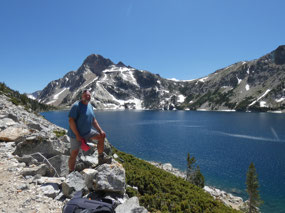
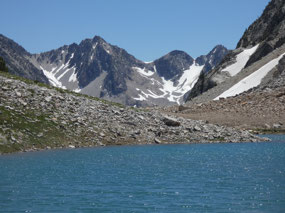
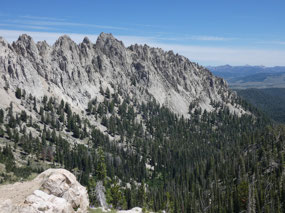

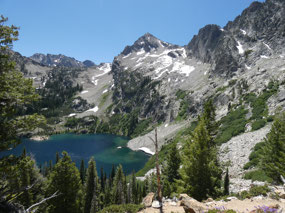
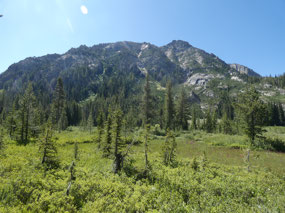
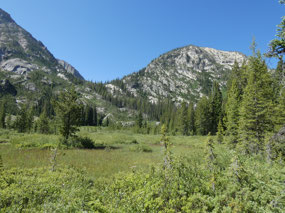
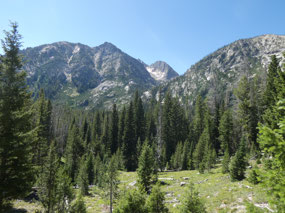
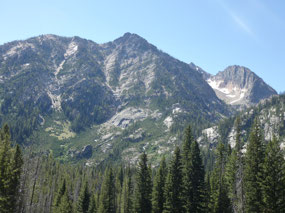
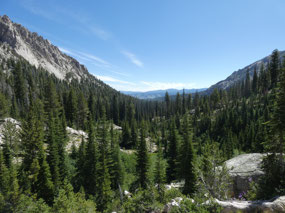
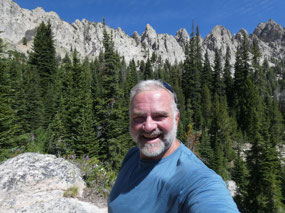
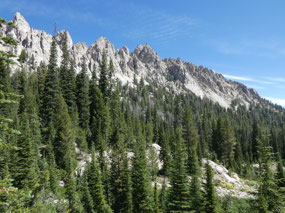
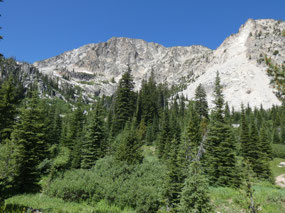
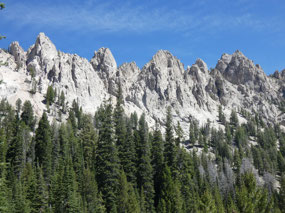
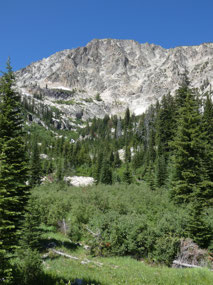
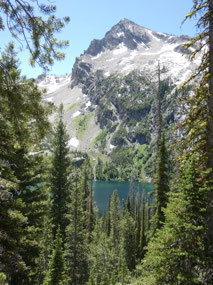
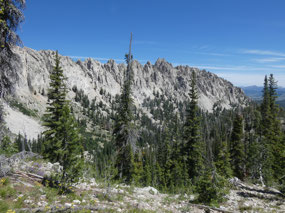
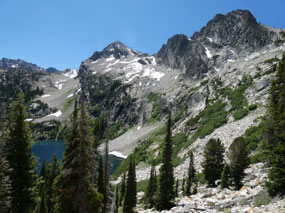
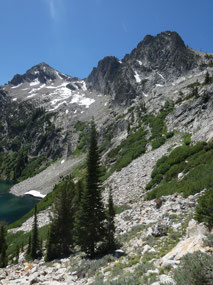
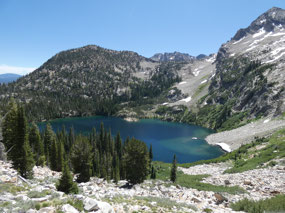
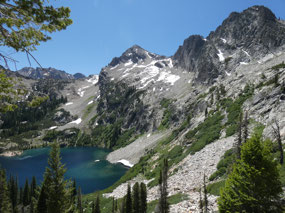
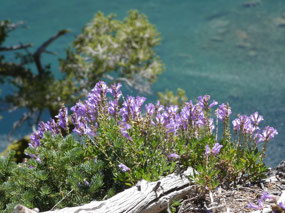
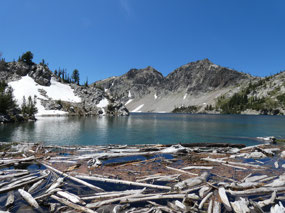
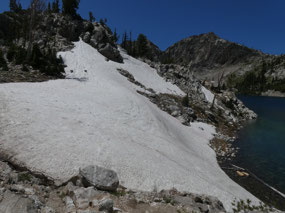
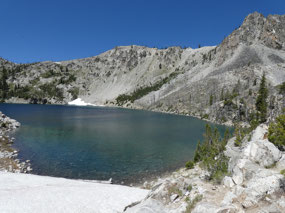
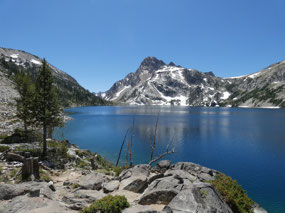
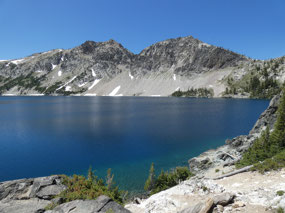

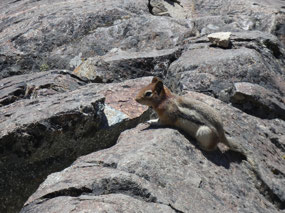
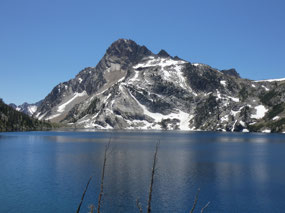
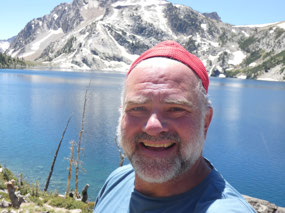
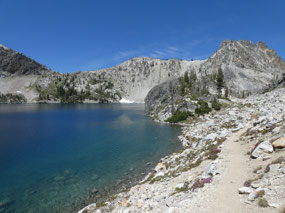

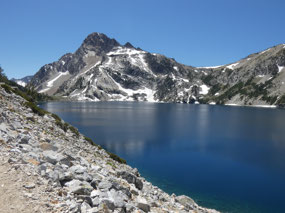
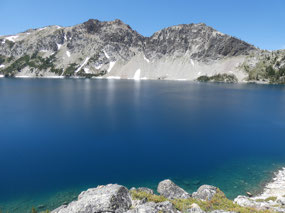

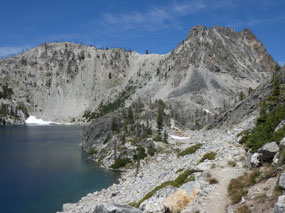
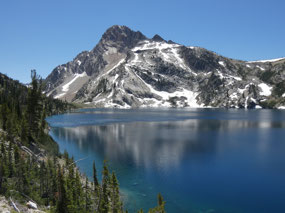
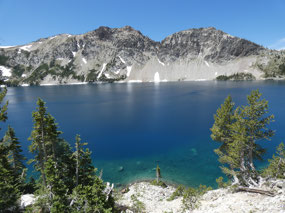
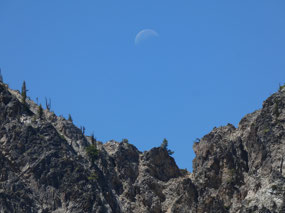
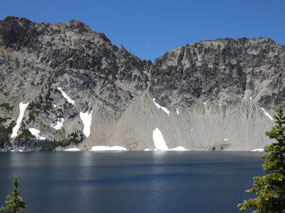
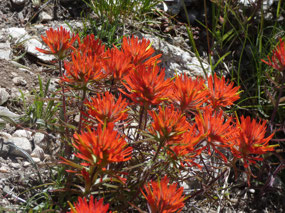
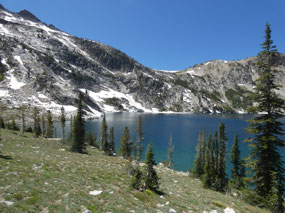
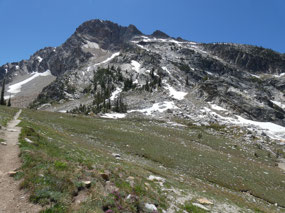
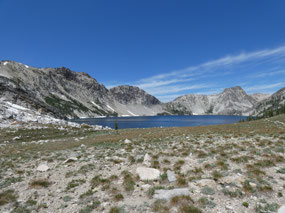
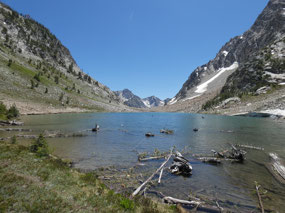
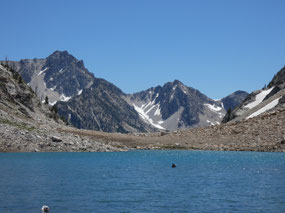
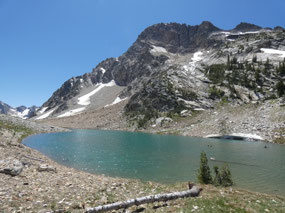
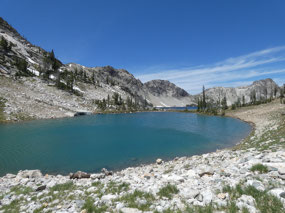
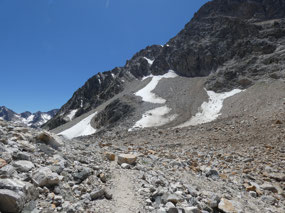
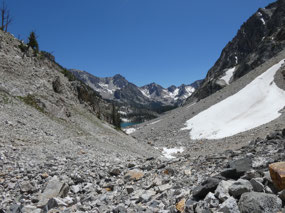
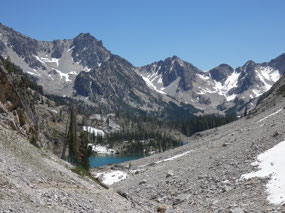
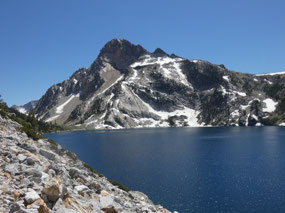
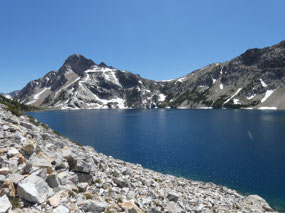

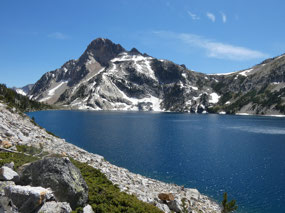

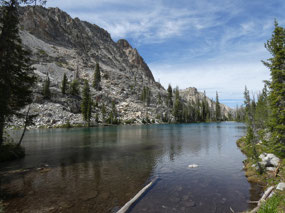
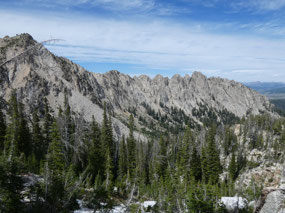
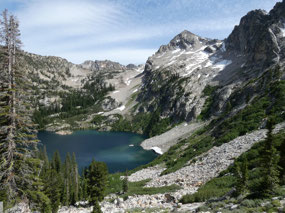
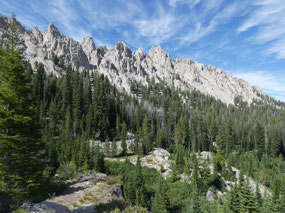
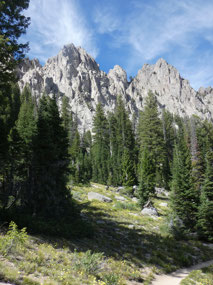
2025-05-22